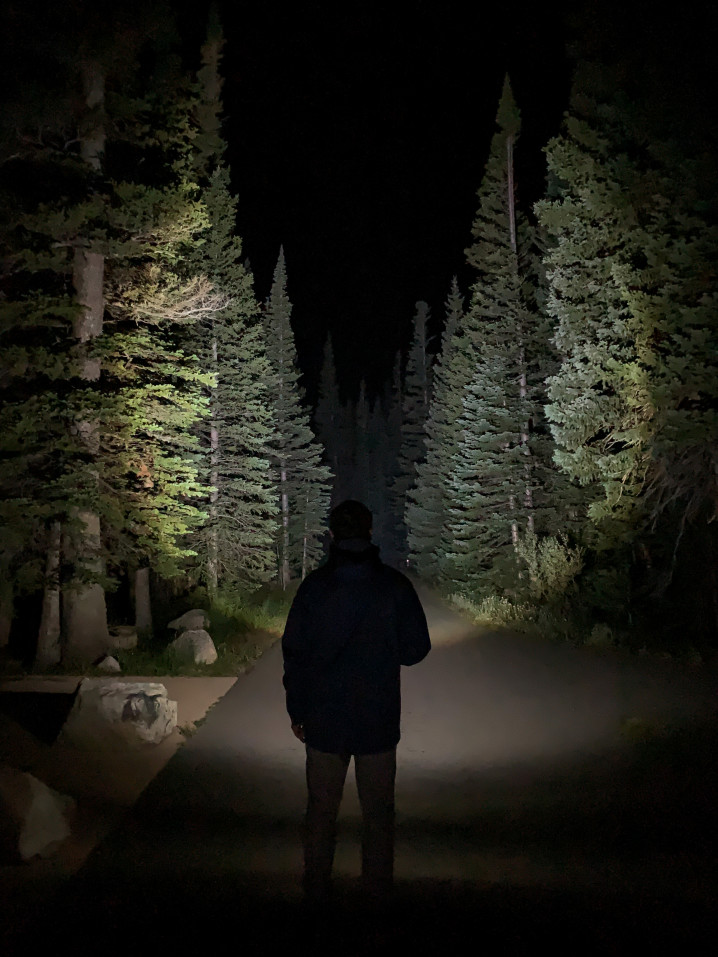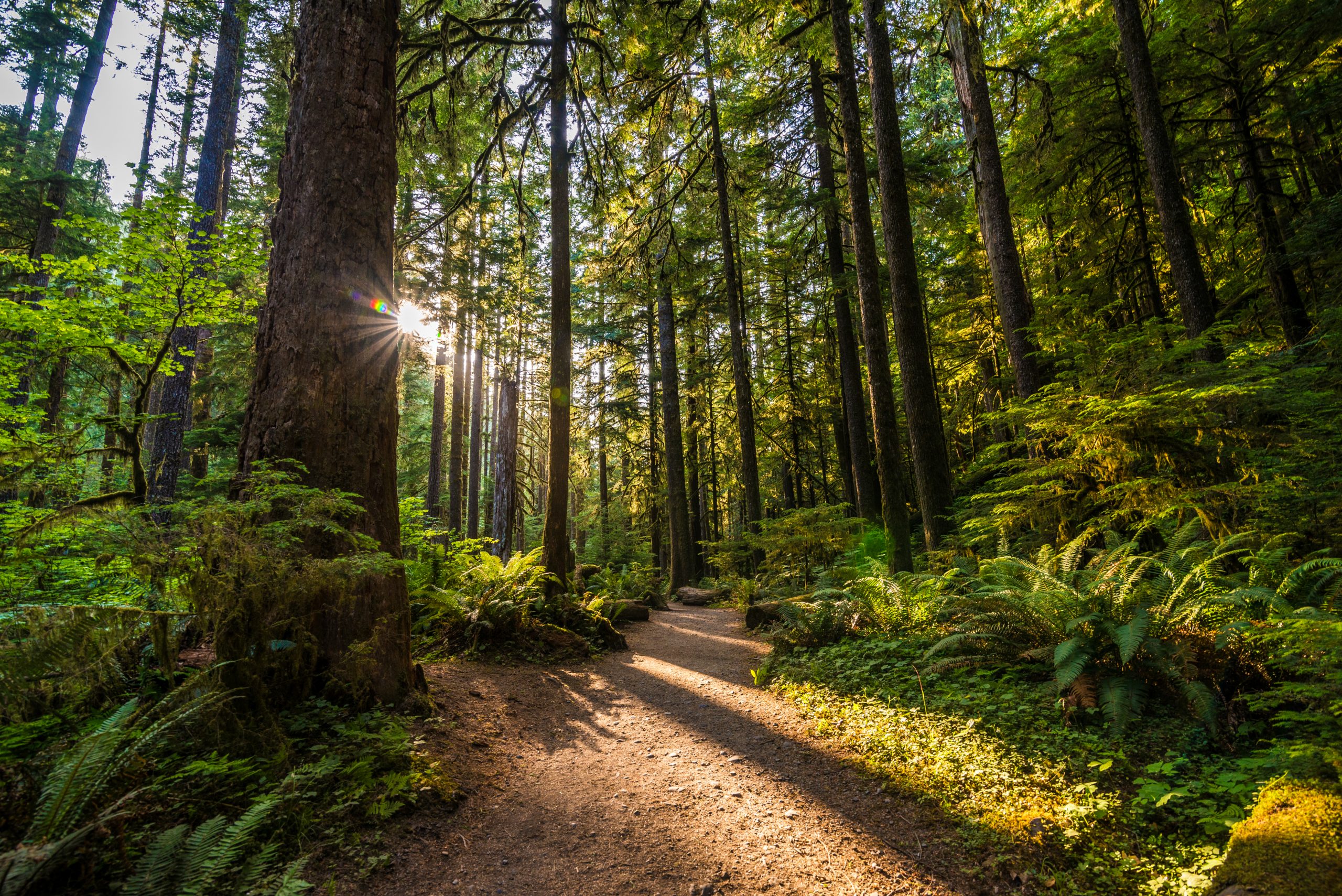- Your cart is empty
- Continue Shopping
How to Choose Flashlights to Bring in your Push and Pull Wagons for Camping

Having a flashlight is a must wherever you go camping overnight because you’ll be surprised at how much it can help you whenever it gets dark or when in an area that features little sunlight. When choosing flashlights, the problem you might encounter is knowing what you’ll want to gain since they come in various sizes and purposes. You could wind up panicking and bringing in a push and pull wagon full of different flashlights if you do not understand it well. This situation might not necessarily be wrong, but going over what you might be looking for in a flashlight can make things easier.
Price
When it comes to prices, you need to understand what influences them. There are varying factors like the size and the strength of the light beam that will be emitted. Some people will only need cheap, tiny lights best used within small areas, and others may need bigger lights that offer a broader range covering large areas. They could also be looking for a lamp with a more focused beam that emphasizes brightness over all else. Consider what you want in a flashlight and think of these factors that could change the prices of whatever you need in that specific situation when camping.
Distance
When choosing a flashlight you want to use, it matters how far you want the beam to go. Not every flashlight is the same in how far light can travel. If you are traveling long distances at night, you’ll want the most packed and brightest setting to see ahead of you and predict where to stop or keep yourself from walking into any animals or predators.
Brightness
If you want to know how to compare the brightness of one flashlight against another, then you’ll want to do it in lumens. This feature measures the beam’s intensity for flashlights specializing in this area. They will reveal more than the ordinary flashlights run of the mill. As long as your battery life is at a very high capacity, the strength of the light will follow.
Battery
One very underrated aspect of getting a suitable flashlight is understanding the kind of battery it runs off. In this case, there are different batteries that flashlights could use for the type they are. For example, while you could go for a classic replaceable battery flashlight that requires new batteries whenever the new ones run out, a rewindable flashlight uses a manual wind up to recharge the energy needed. Even some batteries can be restored through USB ports so that you don’t have to work your arms to help yourself constantly.
Weight and Durability
You might be thinking, why should you bother investing in getting a bigger and more durable flashlight? What’s the point? It’s relatively simple. The bigger a flashlight is, the greater and bigger its batteries which means a longer lifespan. The more durable it is, the less likely it is to break. You’ll be surprised at how many people drop their flashlights and how fragile they usually are. Sure, you’ll most likely have to carry a large flashlight in a foldable wagon in the long term, but the benefits are undeniable.
Conclusion
As you can see, there are many different facets of a flashlight that you need to consider before you buy one. Maybe you want yours to be small but have a high intensity. Perhaps just a bigger one but with a long-reaching beam. Either way, if you’re going to avoid carrying large amounts of such an item in your push and pull wagons, arming yourself with this knowledge can help you go a long way





